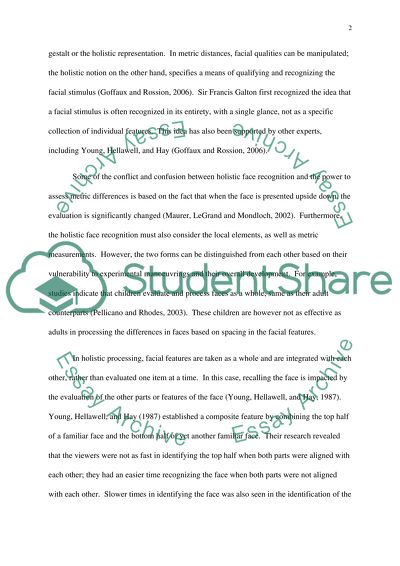Cite this document
(“Global and local processing in memory recollection task: Associating Essay”, n.d.)
Retrieved from https://studentshare.org/psychology/1396037-global-and-local-processing-in-memory-recollection-task-associating-face-recognition-withtrait-attribution
Retrieved from https://studentshare.org/psychology/1396037-global-and-local-processing-in-memory-recollection-task-associating-face-recognition-withtrait-attribution
(Global and Local Processing in Memory Recollection Task: Associating Essay)
https://studentshare.org/psychology/1396037-global-and-local-processing-in-memory-recollection-task-associating-face-recognition-withtrait-attribution.
https://studentshare.org/psychology/1396037-global-and-local-processing-in-memory-recollection-task-associating-face-recognition-withtrait-attribution.
“Global and Local Processing in Memory Recollection Task: Associating Essay”, n.d. https://studentshare.org/psychology/1396037-global-and-local-processing-in-memory-recollection-task-associating-face-recognition-withtrait-attribution.


